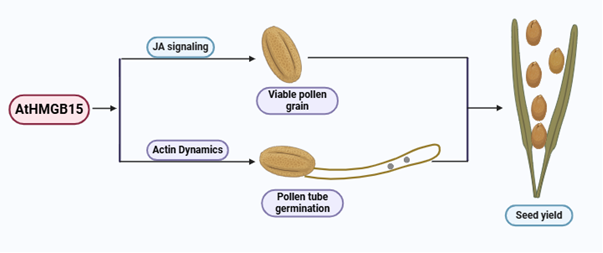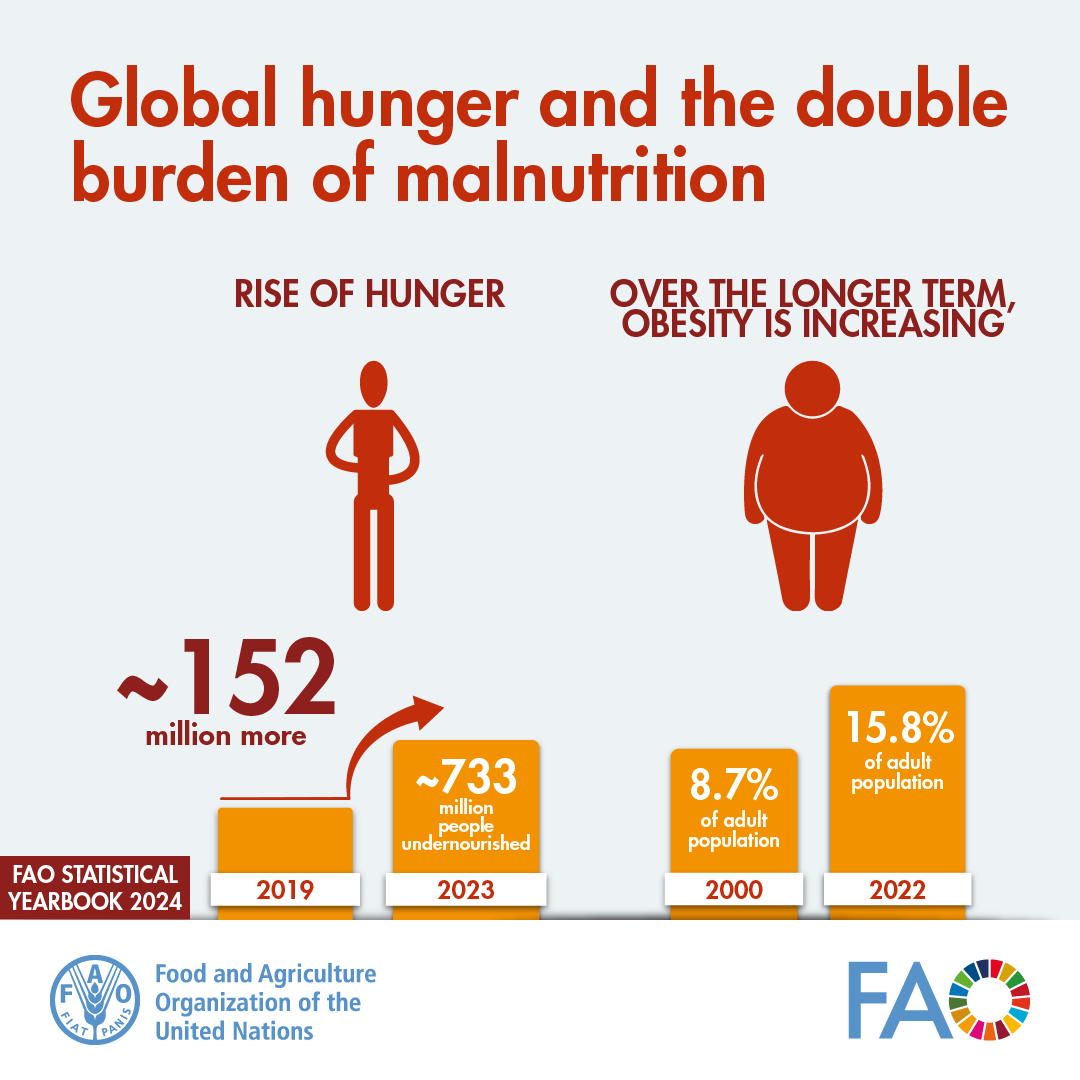Banda Aceh Statement
Recently, the United Nations Educational, Scientific and Cultural Organization (UNESCO) unveiled a roadmap at an international conference in Banda Aceh, Indonesia for global tsunami preparedness.
- Banda Aceh Statement – It is a global commitment to improving tsunami warning and mitigation systems.
- It calls on states and civil society to accelerate investments to meet the 2030 goal.
- It recognised new Tsunami Ready communities, including 26 in India and 12 in Indonesia and included real-time drills in 2 villages near Banda Aceh to test community preparedness.
- These exercises reinforced the importance of UNESCO’s 3-step warning process
- Detection - Using advanced monitoring systems like deep-ocean tsunami buoys to identify sea-level disturbances.
- Warning - Forecasting wave propagation and potential impacts, followed by immediate alerts.
- Dissemination - Reaching vulnerable populations swiftly through diverse communication channels like sirens, radio and smartphones.
- Target – To achieve 100 per tsunami-ready coastal communities globally by 2030.
- Role of UNESCO – UNESCO-IOC Tsunami Ready Recognition Programme (TRRP) is an international community-based effort to bolster risk prevention and mitigation across global coastal zones.
- It has expanded its Indian Ocean Tsunami Warning and Mitigation System to cover high-risk areas worldwide.
- Its global network includes
- Tens of thousands of seismometers
- Over 1,200 active sea-level stations
- Submarine cable observatories
- 74 deep-ocean tsunami buoys.
- Beneficiaries – More than 30 countries have already benefited from UNESCO’s TRRP to train their populations.
Currently, 700 million people live in tsunami-prone coastal areas, a figure projected to reach 1 billion by 2050. Locally damaging tsunamis occur in the Pacific every 1-2 years and UNESCO estimates a near 100% chance of a tsunami in the Mediterranean within the next 30 years.
Reference
Down to Earth| Banda Aceh Statement for Tsunami Preparedness
Uttarakhand Bird Census
Recently, the two-day bird census has been organised in Uttarakhand.
- It is the 1st ever bird count in Uttarakhand.
- Organised By - The E-Bird Organization in collaboration with the forest department and various other groups.
|
E-Bird Organization India
|
- It is a collaborative project managed by Bird Count India.
- It is designed for the use of birders.
|
Bird Count India is a partnership of a large number of organizations and groups working to increase our collective understanding of the distribution, abundance, and population trends of Indian birds.
- Goal - To establish a dedicated annual bird count for Uttarakhand, bringing communities together to celebrate the state’s rich birdlife.
- Time - Mid-November is an interesting time for birds count in this region as the altitudinal migrants descend to lower elevations and long-distance migrants arrive from far-off lands, joining resident species who are adapting to the presence of this region.
Key findings of the Survey
- Avian diversity – It had concluded with 729 bird species across 13 districts.
- Leading District – They are in the order as follows
- Nainital - 251 species
- Dehradun - 230 species
- Pauri Garhwal
- Highest birds count – It includes the species Ruddy Shelducks, Indian Spot-billed Ducks, and Eurasian Coots.
- Endangered species - The 17 species classified as endangered which includes the Pied Avocet, Red-wattled Lapwing, Spotted Dove, Rose-ringed Parakeet, Greater Coucal, and White-throated Kingfisher.
- Significance – It primarily focused on identifying the species location to gain a better understanding of the diversity of birds in these regions.
- It helps to understand which bird species are declining in the hills, plains, or wetlands.
- It is crucial for bird conservation efforts in future.
References
- The Indian Express| Uttarakhand Bird Census
- Bird Count India| Uttarakhand Bird Census
Gene HMGB15 – Architect of Pollen and Seed Development
Recently, a novel gene named HMGB15 identified by Bose Institute, Kolkata, an autonomous institution of Department of Science and Technology.
- HMGB15 – It is a non-histone protein that restructures chromatin.
- It plays a crucial role in the development of stamens (male reproductive structure) including pollen grain and seed formation, in Arabidopsis flowering plants related to cabbage and mustard.
|
Pollen and Seed Development in Flowering lants
|
- It is a very important developmental stage in plant life cycle.
- Pollen – It represents the male gametophyte and its role is to deliver the genetic material to the embryo sac.
- Conditions for seed set – It involves steps like
- The production & transfer of viable pollen grains to stigma
- Germination of the pollen grains
- Growth of the pollen tubes down the style
- Effective fertilization
- Factors determining a healthy pollen – It depends on Pollen germination speed and Pollen tube growth that evolved with the evolution in flowering plants (Angiosperms).
- The rapid growth of the pollen tube through the style to reach ovary, is a pre-requisite for fertilization in flowering plants.
- Since many pollen tubes grow through the style, the reproductive success of a pollen grain is determined by its rate of pollen tube elongation.
- Pollen development, Pollen hydration and Pollen germination responsible for the formation of a mature viable pollen grains.
|
- Mutation in the gene – It causes significant disruptions like
- Partial male sterility in plants
- Low pollen grain viability
- Defective pollen wall patterning
- Retarded pollen tube germination rate
- Shorter filaments that are unable to reach the stigma
- Reduced seed production
- The abnormalities in the mutants are due to the disruption in gene regulatory networks important for pollen development, maturation and pollen tube germination.

- Significance – Understanding the pollen development process opens up new possibilities for improving crop fertility and seed production.
Reference
PIB| Novel Gene HMGB15 in Pollen Development Process
World Food and Agriculture Book
According to the recently released ‘World Food and Agriculture’ yearbook, global hunger continues to worsen, with 152 million more people facing hunger in 2023 compared to pre-pandemic levels in 2019.
- It reveals critical insights on the sustainability of global agriculture, food security, and the importance of agrifood systems in employment
- Released by - United Nation’s Food and Agriculture Organization (FAO).
Food and Agriculture Organization (FAO) was founded in 1945 with its headquarters in Rome. It is a specialized agency of the United Nations that leads international efforts to defeat hunger.
Key highlights from the book
- Global agricultural value – It has increased by 89% in real terms over the past 2 decades, reaching $3.8 trillion in 2022.
- Despite this growth, agriculture’s contribution to global economic output has remained relatively stable, and the proportion of the global workforce employed in agriculture has decreased.
- Food insecurity – While food production has continued to rise, hunger remains a persistent issue.
- Majority of the undernourished people lives in Asia, though the prevalence of undernourishment is highest in Africa.
- Obesity rates – They are also rising, particularly in high-income regions.
- Over 25% of adults in the Americas, Europe and Oceania are obese.

- Global production of primary crops – It reached 9.6 billion tonnes in 2022, an increase of 56% compared to 2000.
- Staple crops such as sugar cane, maize, wheat and rice together account for nearly 50% of global crop production.
- Meat production – It had increased, with chicken accounting for the largest share of this rise.
- Use of pesticides – It increased by 70% between 2000 and 2022, with the Americas accounting for 50% of the global pesticide use in 2022.
- Inorganic fertilizers in agriculture – Its usage increased in 2022, with 58% of this amount being nitrogen.
- Production of vegetable oils – It grew by 133% between 2000 and 2021, largely driven by an increase in palm oil production.
- Greenhouse gas emissions from agrifood systems – It have risen with livestock contributing to around 54% of Farm-gate emissions.
- Water scarcity – It remains a growing concern in regions such as the Near East and North Africa, where many countries face extreme water stress, impacting the sustainability of agricultural production.
- Kuwait, the United Arab Emirates and Saudi Arabia are withdrawing each year 9 to almost 40 times their renewable freshwater resources available.
References
- Down to Earth| Rising Global Hunger Crisis
- FAO| Key Highlights of World Food and Agriculture

